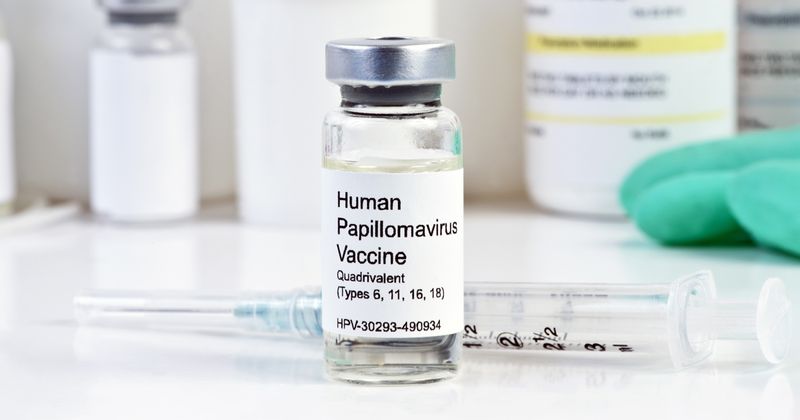Men significantly more likely than women to have oral HPV, regardless of vaccination
Click Here to Manage Email Alerts
Men are significantly more likely than women to have oral HPV infection, regardless of vaccination status, according to a study in Clinical Infectious Diseases.
Abbey B. Berenson, MD, PhD, director of the Center for Interdisciplinary Research in Women’s Health at the University of Texas Medical Branch, told Healio that HPV is associated with several cancers, including oropharyngeal cancers, that have continued to rise in the United States.

Source: Adobe Stock.
“Past data show that men are 4 to 5 times more likely to get these cancers than women and are also more likely to be orally infected with HPV,” Berenson told Healio, adding that an HPV vaccine that protects against four cancer-causing HPV variants has been recommended for adolescent males since 2009.
“We wanted to know whether this vaccine has helped reduced the rates of HPV infection among adult men and whether men are still at a much higher risk of infection relative to women,” she said. “Historically, Blacks have also been at higher risk of oropharyngeal cancer, so we wanted to determine if racial disparities in oral HPV infection exist as well.”

Berenson and colleagues studied participants aged 18 to 59 years in the National Health and Nutrition Examination Survey between 2011 and 2016 who reported HPV vaccination status and submitted an adequate oral sample (n = 9,437). According to the study, oral prevalence of HPV, grouped by type, was assessed for association with sex, race/ethnicity and vaccination status.
Overall, the study showed that men are still significantly more likely than women to have an oral HPV infection regardless of vaccination status. Specifically, the prevalence of any type of oral HPV infection was 6.9% in the study population, and more than 3.5 times more likely among males than females.
“The same association was found for the other HPV groupings. However, the 4vHPV vaccine types were 5.5 times greater and the 9vHPV vaccine types were 5.6 times greater among males as compared to females, demonstrating that the magnitude of difference between the two sexes was higher for these vaccine-type groups than for other HPV groups in this study,” Berenson and colleagues wrote.
The differences persisted, they said, regardless of vaccination status.
“We think one potential reason for this is that males were more likely to have had oral sex prior to vaccination, and thus more likely to have already been infected,” Berenson said. “HPV vaccines do work well though, as vaccine-type HPV infections were nearly absent among vaccinated females. This means that initiating earlier vaccine interventions can and will work for males.”
Additionally, the study demonstrated that racial disparities in oral HPV infection rates are likely to disappear in the future as the disparities of oral HPV infections were present only among nonvaccinated men and women. Berenson says this suggests that vaccination rates are not lagging among any specific race or ethnicity.
“Physicians need to continue improving vaccination rates among adolescent men, particularly at an age prior to the initiation of oral sex. While oral HPV infections are higher among nonvaccinated minorities, this disparity will likely disappear in the future if we continue to stay the course on our vaccination efforts,” Berenson said. “For both men and women, increasing HPV vaccination rates will decrease the rate of infection with cancer-causing types of HPV and will likely lead to a decrease in oropharyngeal cancers in the future.”
